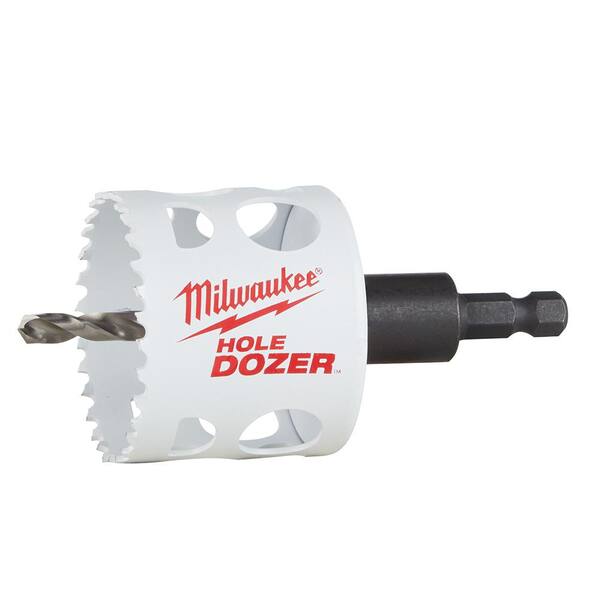

publishing company in 1996, he went on to help start or grow several successful online publications, including Audioholics (as Editor-in-Chief for 12 years), Audiogurus, and AV Gadgets. He also carries several THX certifications (Technician I and II, THX Video), and is ISF Level II Certified.Īfter founding the CD Media, Inc. Working for such clients as Universal Pictures, Hollywood Pictures, Paramount Home Entertainment, NASA, Universal Studios, Planet Hollywood, SEGA, NASCAR, and others, Clint DeBoer dealt extensively with client management as well as film & video editing, color correction, and digital video & MPEG compression. Years later, he moved into the expanding area of video editing, where he served as the company’s senior AVID video editor for three years. Working on a myriad of feature films, Clint honed his skills as a dialogue editor, foley editor, and sound designer. After graduating at the top of his class with an Associates Degree in Recording Engineering, he began working for the famed Soundelux studios in 1994, one of the largest post-production companies specializing in audio for feature films & television. While we don’t expect anyone will rush out to buy a smart tool just for use with hole saws, it may help if you already have one of these drills in your collection.Ĭlint’s career has covered nearly the entire realm of audio and video production. This lets you assign up to four different speed ranges-and more easily control your RPMs. Tools that use technology like Milwaukee One-Key or DeWalt Tool Connect can let you set different speed ranges for your drill. You will most certainly go through fewer blades! Methods to Set Lower RPMs Method 1: Smart Connected Tools
WILL MILWAUKEE HOLE DOZER CUT METAL FULL
It takes patience, but these hole saws work best when used properly-and you may very well end up cutting through the material more quickly than if you run the tool at full speed. Be sure to use that variable trigger to lower speeds when cutting harder or more brittle materials. It may very well be that you can’t achieve these speeds using the tools you have. The Best Hole Saw Cutting Speed is to Slow Down? Yep. You can use the highest speeds on aluminum and mild steel, while cast iron and stainless require a bit more patience. Consider these the general speeds you want to use for optimal cutting through mild steel, stainless, cast iron, brass, and aluminum. These hole saws seem much more prominent in the trades and cost less than their carbide-tipped brethren.

Of course, we also had to include a table for setting the best RPM speed when using bi-metal hole saws. Sizeīest Cutting Speed for Using Bi-metal Hole Saws As a general rule-the harder or more brittle the material, the slower you should cut. It guides you through the optimal speeds for cutting through aluminum, stainless, fiberglass, ceramic tile, and even cast iron. Method 3: Set Your Gear Mode and Feather the Triggerīest RPM Speed for Using Carbide-tipped Hole Sawsįollowing is a table representing the best RPM speed for using carbide-tipped hole saws.The Best Hole Saw Cutting Speed is to Slow Down? Yep.Best Cutting Speed for Using Bi-metal Hole Saws.Best RPM Speed for Using Carbide-tipped Hole Saws.


 0 kommentar(er)
0 kommentar(er)
